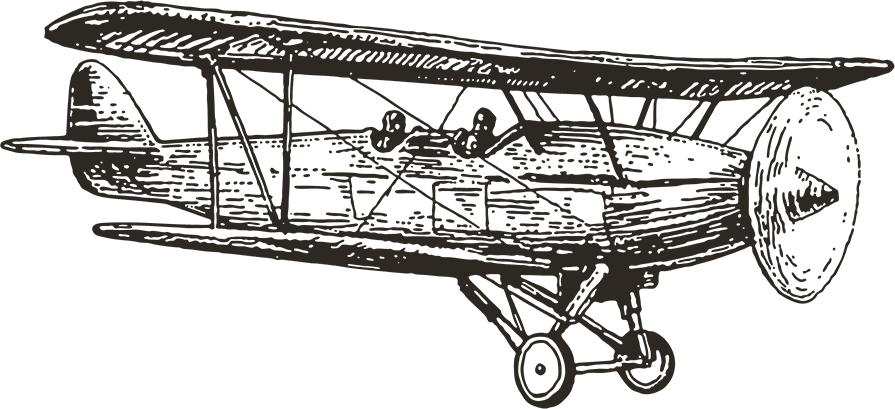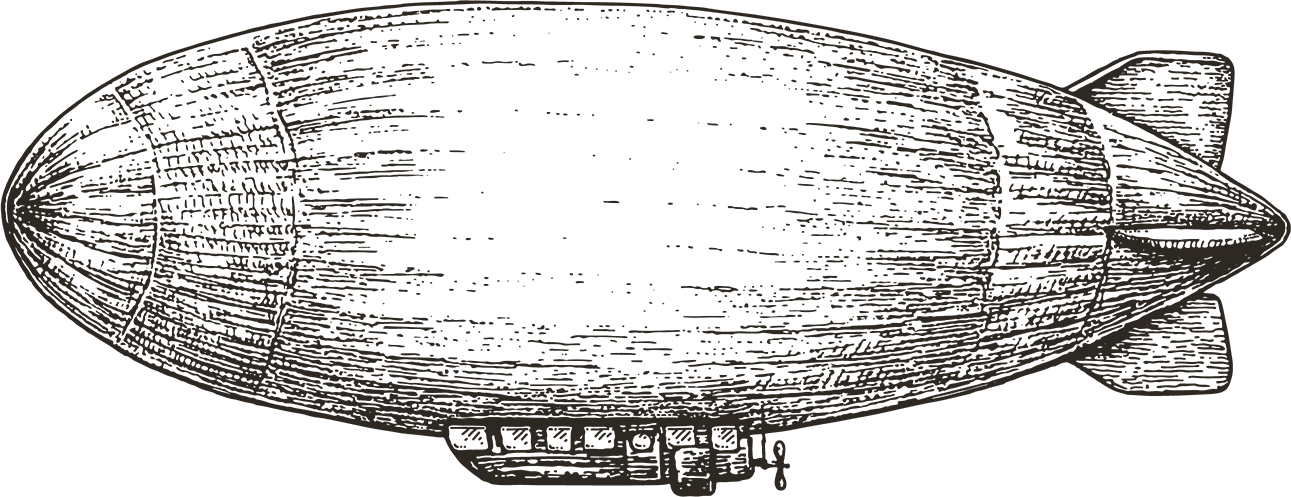Mansfield’s Early Aviation History
By Scott Schaut, Curator, Mansfield Memorial Museum
Since early man looked to the skies to watch the birds, humans have been fascinated with flying. The people of Mansfield were no different. Mansfield’s first experience with flying came on Saturday, July 17, 1852 when John Wise brought his balloon, the Jupiter, to the city square. He inflated the balloon and ascended into the sky while hundreds of spectators watched in amazement. Five years later, Wise delivered the first U.S. Airmail in the Jupiter. After the Civil War, Mansfield’s citizens became accustomed to balloonists at the County Fair. The balloons came in all shapes, colors and sizes. In these annual events, aerialists would perform acrobatics from the balloons to the amusement of the crowds.
Frank Purdy Lahm was born in Mansfield on November 17, 1877 and in his early years attended Mansfield Schools. Lahm’s father had a great influence in his son’s interest in aeronautics and trained him in night ballooning, which helped him get his ballooning license in 1905. The following year, Lieutenant Lahm entered the first Gordon-Bennett Race which started in Paris, France. Lahm as the pilot and copilot Hersey won the race by traveling slightly over 400 miles to the west coast of England near the North Sea. This race is still held today. Lahm went on to distinguish himself in early aviation history when he and Orville Wright set the world’s record for a two-man flight of one hour, 12 minutes, and 40 seconds in 1908. Frank Lahm was trained to fly by Wilbur Wright in a lesson that lasted a little more than three hours, eventually earning Lahm the Aero Club of America Pilot’s license number 2. He was instrumental in purchasing the first planes for the fledgling Army Air Corps from the Wright Brothers. His career spanned another 4 decades with distinction until his retirement on November 20, 1941 as a Brigadier General. His contributions to aviation are recognized worldwide. Frank Lahm is a son of Mansfield that we are all proud of.
The first aeroplane that Mansfield and Richland County saw was the landing of the historic cross-county flight of Cal Rogers in 1911. The Vin-Fiz soda company sponsored a cash prize of $50,000.00 for the first person to fly across the United States coast-to-coast. Rogers landed his plane in Mansfield on September 30, 1911 when he was in need of directions and gas. After an hour on the ground, he took off and flew twice around the city before heading to Marion to the delight of thousands of Mansfielders. The following year, the Mansfield News sponsored the News Aviation Meet at the fairgrounds. Two Curtis Biplanes eventually made it to the meet after a delay of several weeks due to the damage of one of the planes. On June 21-22, 1912, the two pilots, Beckwith Havens and Charles F. Walsh, delighted the spectators with takeoffs, landings, and acrobatics over the fairgrounds. They also delivered the first airmail to Mansfield by taking a bag of mail and dropping it on the Post Office building roof that was just below Fourth Street on Main. Four months later, Charles F. Walsh died in New Jersey in the same airplane he used in Mansfield.
During World War I, several individuals in Mansfield distinguished themselves in the Army Air Corps including Alan Tappan and Mud Gardner, who also served in World War II. Both would have a profound impact on the establishment of the Mansfield Airport in later years. Another man who was interested in early aviation was James L. Zimmerman, who wasn’t born in Mansfield, but eventually made the city his home. Growing up in Nebraska, Zimmerman saw an article in the August 1909 issue of Popular Mechanics on how to build a glider. He was successful in the construction and flying of the glider in 1910. He was a pilot in World War I and was one of the pilots that testified to the U.S. Senate on the disposition of the Army Air Corps airplanes that had been destroyed in Europe instead of being shipped back to the States. He was called up to active service and flew in Europe in World War II. There are many other men who served in World War I in the Army Air Corps that eventually made Mansfield their home and made their mark in early aviation history.
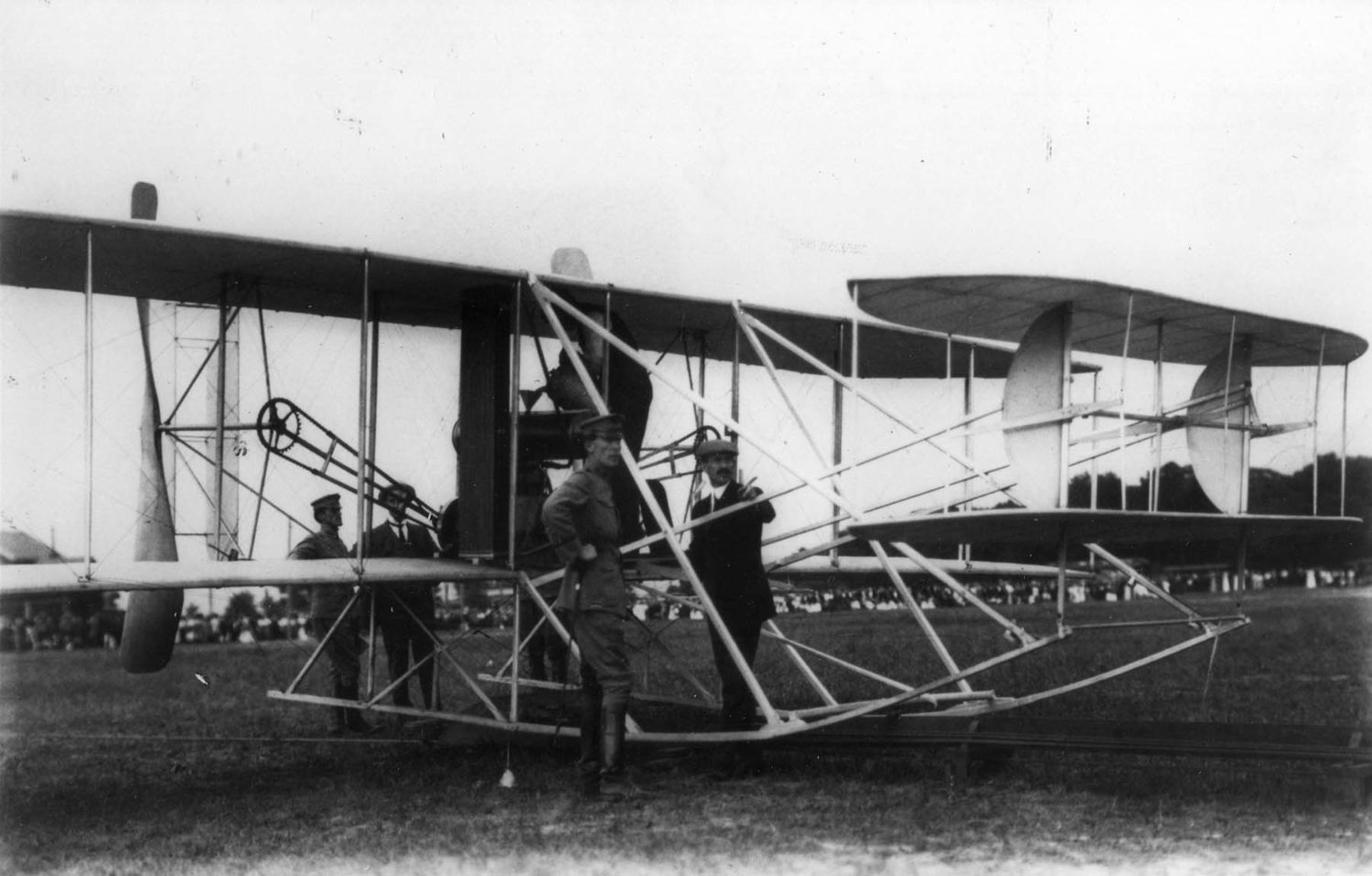

Mansfield was on the forefront of modernization and in 1927 and 1928 saw a construction boom of many large buildings including the Farmers Bank, Richland Bank, the Leland Hotel, J.C. Penney (known today as the Barrington Building), and the new Hospital. Thus, it was decided to build and establish an airport for the community allowing Mansfield to keep pace with larger cities. The men credited in making the airport a reality were C. H. Keating, general chairman; Alan Tappan, assistant chairman; Sam Isaly, manufactures; C. M. Crafton, merchants; C. H. Huston, attorneys, Dr. Hattery, physicians and dentists; John Bissman, wholesalers; W. H. Goodenough, utilities; C. K. Smaltz, public; R. E. Moorehead, auto dealers and accessories; J. J. Jones, finances; and C. E. Nail, insurance and real estate. This committee raised the monies to build Mansfield Airport. Neil Robinson negotiated the land purchase and Leslie K. Wagner prepared the legal obligations. The original estimate for grading, tiling, erecting the hangar, and preparing the field was $15,000.00. The hope for the airport was to have airmail service and to help businesses make quicker contacts for the local industry to grow faster. Another aspect proposed was air service from Mansfield to Detroit.
The dream for Mansfield to have an airport became a reality with the opening of the new airport on May 9, 1928. Col. Clarence D. Chamberlin, along with the Flying Circus, conducted the dedication which entertained a crowd of thousands. The Flying Circus was made up of WWI pilots and performed stunts, or barnstorming, around the country. Included in the festivities was an autogyro, the Goodyear Blimp Pilgrim, parachuting, and many airplanes of different types on display. The Mansfield Aerial Service could take you on a ride in a Curtis JN-4 for $2.50. During one of these passenger rides, Mansfield experienced its first airplane accident when James L. Zimmerman, the pilot, experienced a downdraft and forced the plane down prematurely hitting a fence. Mrs. Harry Young was slightly injured, while Cal Walter and Loren Cook were unharmed. A Ford Tri-motor also took passengers on a flying tour over Mansfield. The oldest person to take a ride on one of the planes was Mrs. R. A. Garret, 72, mother-in-law to Mayor J. Earl Ports, who enjoyed the flight and became an aviation enthusiast. With the depression the following year, many hopes for the use and expansion of the airport waned.
Mansfield hosted the Air Races on July 24-26, 1931. Jimmy Doolittle participated in the races, and Blanche Noyes flew an autogyro. The race was a five mile triangular course set up with three pylons over the airport and surrounding fields. There were 40 to 50 planes that competed for a cash prize of $2,000.00. The 112th Observation Squadron, from Cleveland, brought some of their planes to show off their new aircraft. The first hangar cornerstone was laid during the three day race.
On February 18, 1934, a lone Army Air Corps Mail plane, Douglas 0-38F, piloted by Lieut. J. H. Gibson was traveling to Columbus in a fierce winter storm and lost his way. Almost out of fuel, he took the plane to a height of 2,000 feet and bailed out, surviving with only minor injuries. The plane crashed 5 miles out of town on the Freund farm. This is the first official record of a plane accident in the Mansfield area.
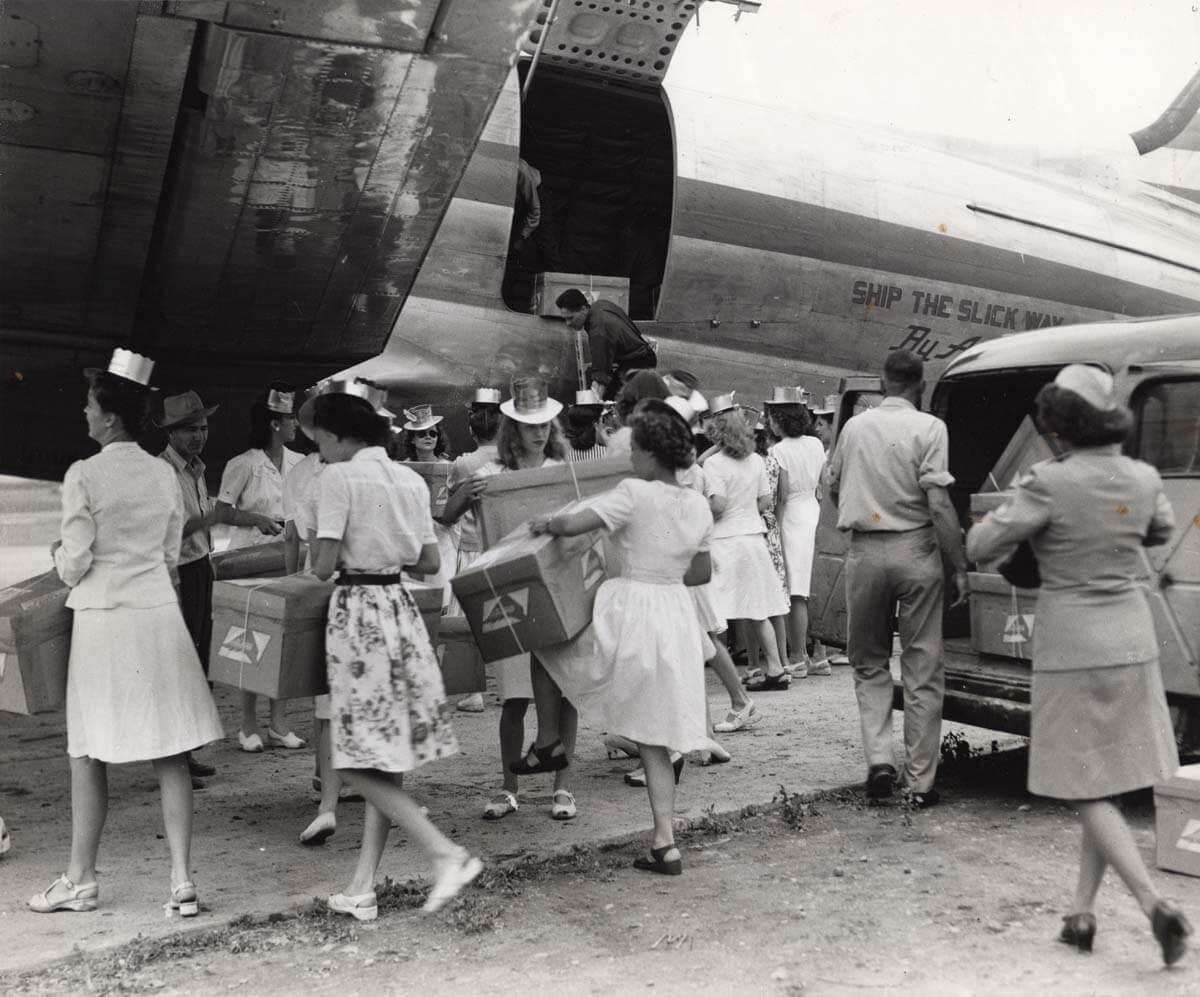
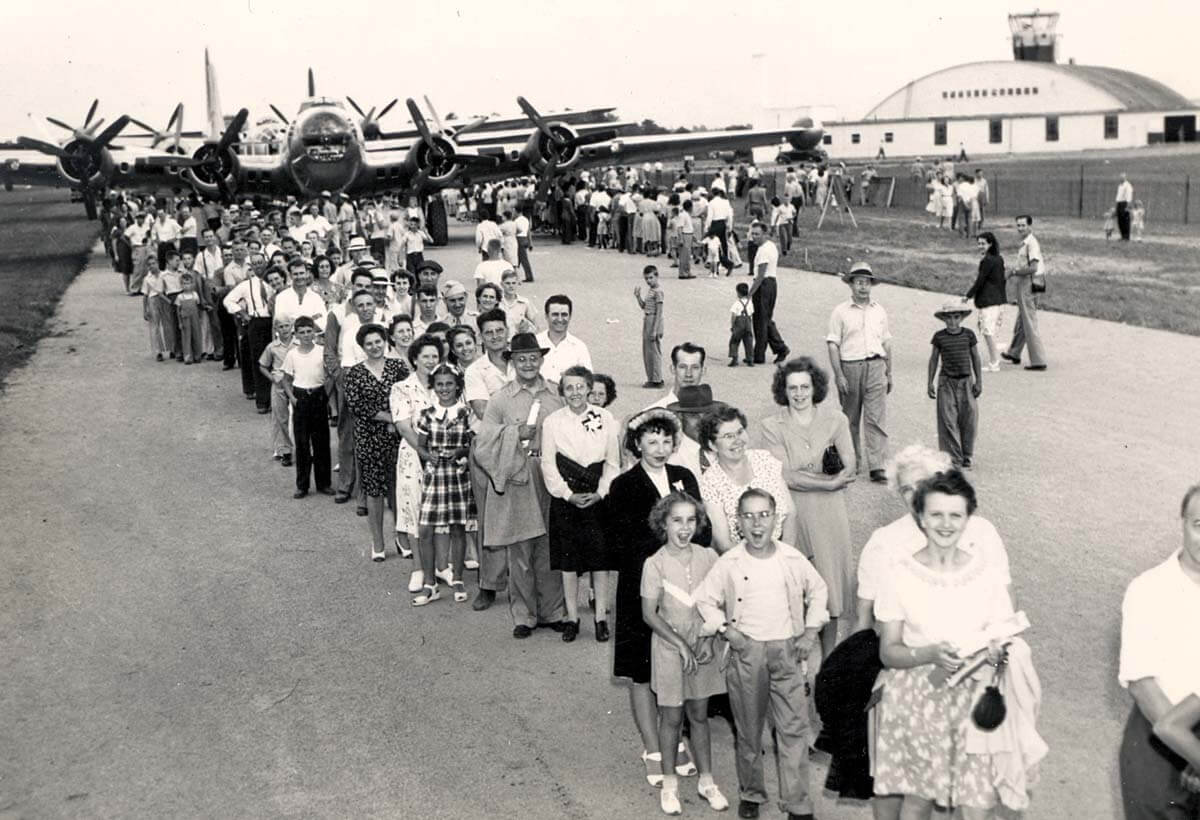
The airport in the late 1930s was still small and inadequate for any large commercial ventures. James “Bud” Harrington had established the Harrington Air Service with several hangars. It was the first private training center in the country for Navy pilots and over 1,500 were trained under the War Department’s Civil Pilot Training Program. In the early war years, the Navy was considering three super-ports for the possible dispersal of military aircraft in case of an invasion of either coast by the Axis Powers. Although not from Mansfield, Congressman Harry McGregor of the 17th took an interest in the Mansfield airport and in early 1944 went to the U.S. government on behalf of the city to get funding for the airport expansion. The government at this time had almost abandoned the Mansfield airport because it wasn’t essential to the war program. Helping McGregor to raise local interest and support were James Harrington, John G. Routzon, J. Harry McGregor, Col. Alan Tappan, C. H. Huston (these two men were part of the original founding of the airport), Russel D. Porch, Neil Robinson, Howard Sword, C. H. Henkel, J. Gil Baird and W. J. Locke. McGregor took all the information directly to President Roosevelt who announced shortly after the meeting that the project would continue to expand the runway and other improvements for the Mansfield airport.
On July 20-21, 1946, over 95,000 people came to the two day celebration to participate in the dedication of the new Airport that included longer runways and better facilities. J. Gil Baird and Col. Alan Tappan, Chairman and Vice Chairman of the dedication committee, helped coordinate the logistics between the city, Navy, and Army. The cost of this new airport was $2,000,000.00. Over 250 planes participated in the event with many on the ground for the spectators to view and go through. As in the original opening in 1928, there were two minor accidents with no injuries. Two notables present at the dedication were Brig. Gen. Frank P. Lahm and Maj. Gen. Thomas J. Hanley (former Commander of the Air Service Command in the CBI theater during the war.) The Ohio Dawn Patrol flew 150 planes in an aerial parade over the airport. From the Aircraft Carrier Sicily, the Navy VC Squadron 42 participated in aerial stunts with the Marine Squadron VMF-244. With the renovation of the airport, the Mansfield Weather Station found a permanent home. Seventy top rank military planes participated in the air show highlighted by B-29 flyovers and the new Army’s P-80 Shooting Star which stole the show. The first cargo plane departed for Los Angeles on the first day, starting what was hoped to be the beginning of passenger and cargo flights to and from Mansfield. Two air deliveries were made: one of 7,500 pounds of fresh Bing Cherries from Wenatchee, Washington, and the other was fresh Gardenias from San Francisco. United and American Airlines each brought their top of the line aircraft to promote air travel. United Airlines Mainliner was the first passenger plane to depart Mansfield with passengers from the airport. Passenger flights from Mansfield became a reality with three airlines servicing the airport: United, TWA, and Lake Central Airlines. In 1952, a round trip ticket from Mansfield via Pittsburgh to Washington, D.C. and back cost $45.20.
Thanks go to the foresight of Alan P. Tappan, a WWI and WWII Army Air Corps Pilot, who was instrumental in petitioning the government to establish an Air Guard Base in Mansfield. Through heavy negotiations on the part of the city and civil groups, the 164th Air National Guard Fighter Squadron became a reality. Hangar No. 7 was leased from Richland Aviation as temporary quarters for the Guard until the permanent buildings could be built. On June 20, 1948 J. Gil Baird officiated the ceremonies with a C-47 as a backdrop, while Maj. Gen. C. W. Goble swore in and enlisted 145 officers on the airport grounds. Thirty P-51 fighter planes, two F-4Us and two PBMs from Air Guard squadrons in four states soared over the proceedings.
